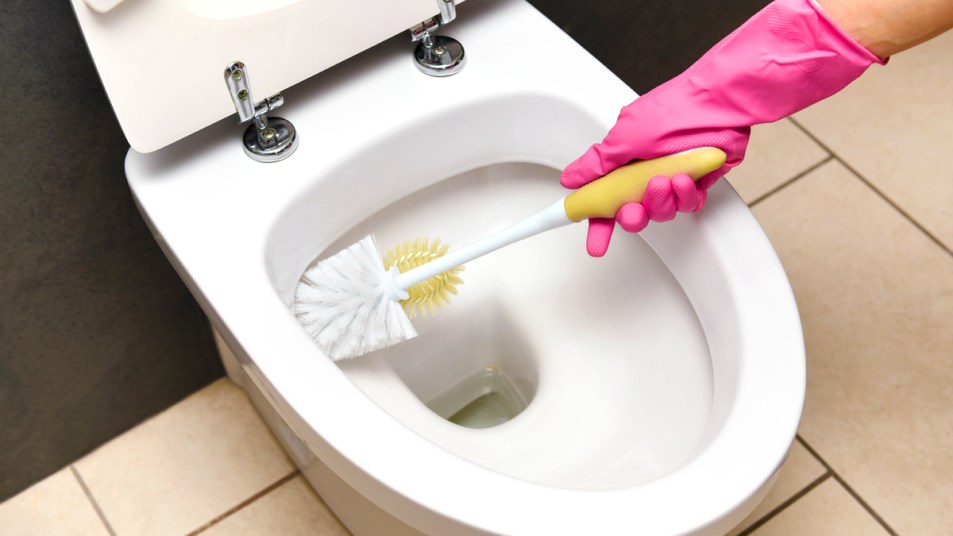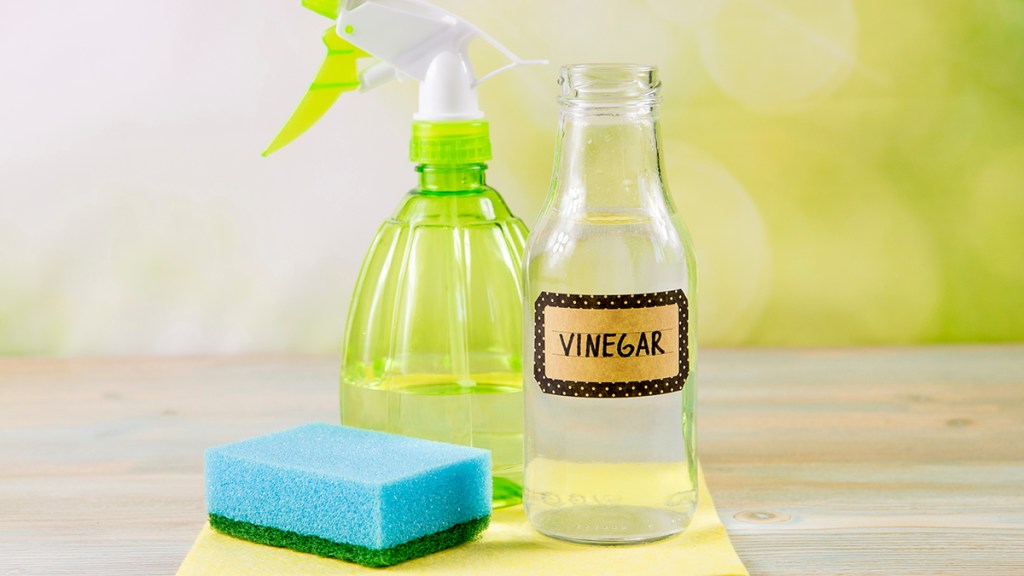The Strange Sign From Your Toilet That You May Have Diabetes
Mold in your toilet may be annoying — but it could just save your life

Does it seem as though the mold in your toilet bowl keeps coming back more quickly after cleaning? And that there’s more of it? Although this nuisance means more scrubbing the toilet bowl (more on the best pro cleaning tricks below), there’s a chance it’s also a clue you should get your blood sugar checked. As strange as it sounds, frequently seeing mold in your toilet could be one of the first signs of diabetes.
Although it may seem like a leap — mold in the toilet bowl and diabetes — it makes sense when you consider that the composition of your urine reveals a lot about your health and that different kinds of bacteria and fungus feed on different kinds of compounds.
The connection between diabetes and urine composition
“Your kidneys filter glucose from the bloodstream and excrete it from the body via urine,” explains Laura Purdy, MD. “If you have a high level of sugar in your blood, it’s going to come out in your urine. Which is why higher glucose in urine can be one sign of diabetes.”
Consider that the name of the disease: diabetes mellitus It’s derived from the Greek word diabetes (siphon) and the Latin word mellitus (sweet). Research shows the term has been used since as far back as 300 BC. Even ancient Greek, Indian and Egyptian civilizations took note of folks whose urine had a sweet smell.
What’s more, folks with unchecked diabetes are often thirsty. This means they drink more, and in turn, urinate more.
The connection between urine composition and toilet mold
Mold and fungi feed on sugar. If your body is flushing excess glucose, higher levels of sugar are making their way into your toilet. And, if you flush infrequently due to trying to conserve water, that sugar stays in your bowl for hours a at a time — long enough to feed microorganisms like mold.
More frequent trips to the toilet for folks with sugar-rich urine can spell trouble when it comes to persistent mold rings. While the extra toilet cleaning is a hassle, it can actually be a blessing in disguise if it helps you catch a diabetes warning sign early on.
“If you notice an uptick in urinary frequency or your urine smells sweet, you’ll want to visit your doctor for a blood test,” Dr. Purdy recommends. For more information on what kinds of tests your doctor will ask you to take, check out this American Diabetes Association fact sheet. (Click through to see the food swaps for diabetes that can keep your blood sugar balanced.)
What else causes toilet mold?
“Mold growth is typically triggered by a combination of moisture, warmth and organic material that mold can use as a food source,” says Rocky Vuong founder and owner of Calibre Cleaning in Melbourne, Australia. “Bathrooms, and toilets specifically, can be a perfect environment for mold because they’re often warm and humid.”
You may see patches or spots of black, green, white or orange in the toilet, he adds, or notice a musty or earthy smell. “The toilet tank, in particular, is a common place for mold growth that often goes unnoticed.”
What is the best way to eliminate toilet mold?
If you notice toilet mold cropping up, there are a number of affordable household staples that can nix it fast.

A powerful, all-natural solution? Vinegar! “It’s a mild acid that can kill up to 82% of mold species,” shares Vuong.
Simply pour vinegar into a spray bottle and spritz liberally onto the moldy area. Then let sit for an hour before wiping clean. Problem solved!
No vinegar on hand? Vuong says that you can also make a paste of one teaspoon of baking soda per two cups of water and apply to moldy areas. Then scrub with a bristled brush and rinse with water. Baking soda creates an alkaline environment that mold cannot survive in.
Still can’t get rid of it? Break out the bleach! “It can kill virtually every species of indoor mold,” explains Vuong.
“Mix one cup of bleach in one gallon of water, apply to the surface and scrub the mold away. Remember to wear gloves and ventilate your bathroom properly when using bleach.”
Click through for tips on how to clean all kinds of stains from your toilet bowl.
How can I help prevent toilet mold from forming?
Once your toilet is mold-free, you’ll want to ensure it stays that way! Thankfully, there are a number of steps you can take to keep things clean. First, Vuong emphasizes the importance of cleaning your toilet at least once a week with a cleaner designed to kill mold and bacteria.
Also smart: Improving air flow in the room and keeping things as dry as possible. “After showering, keep the bathroom fan on or open a window to help remove moisture from the air.” And finally, ensure your toilet lid stays closed between uses, says Vuong. “It can help limit the spread of mold spores.”
For more on mold in the home and it’s health effects:
PhD: There’s More Mold on Windowsills Than Anywhere Else in Your Home













